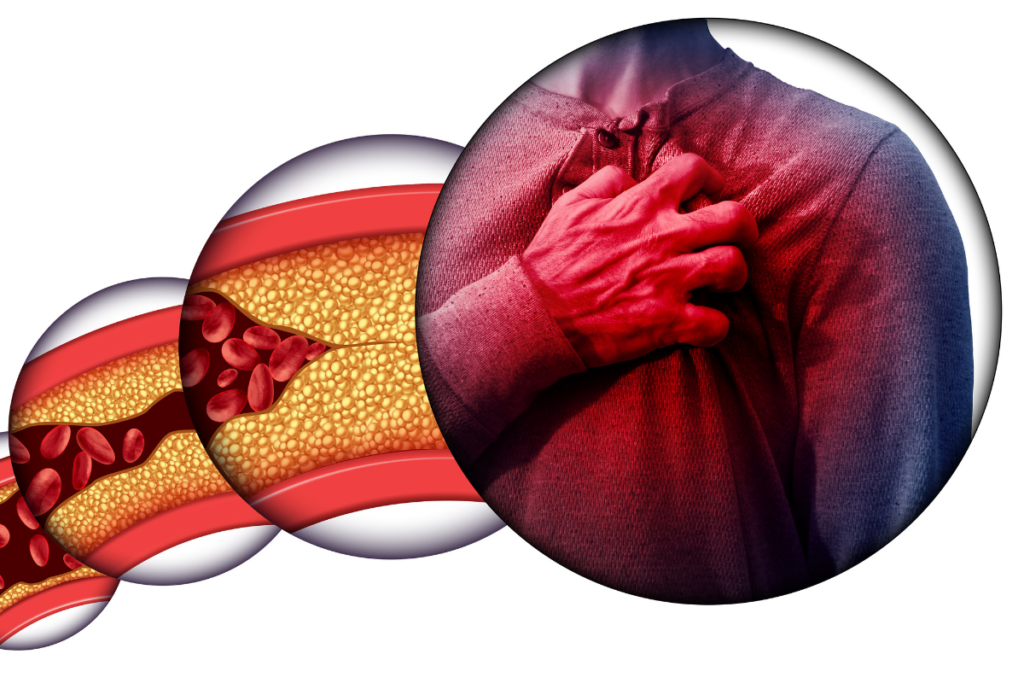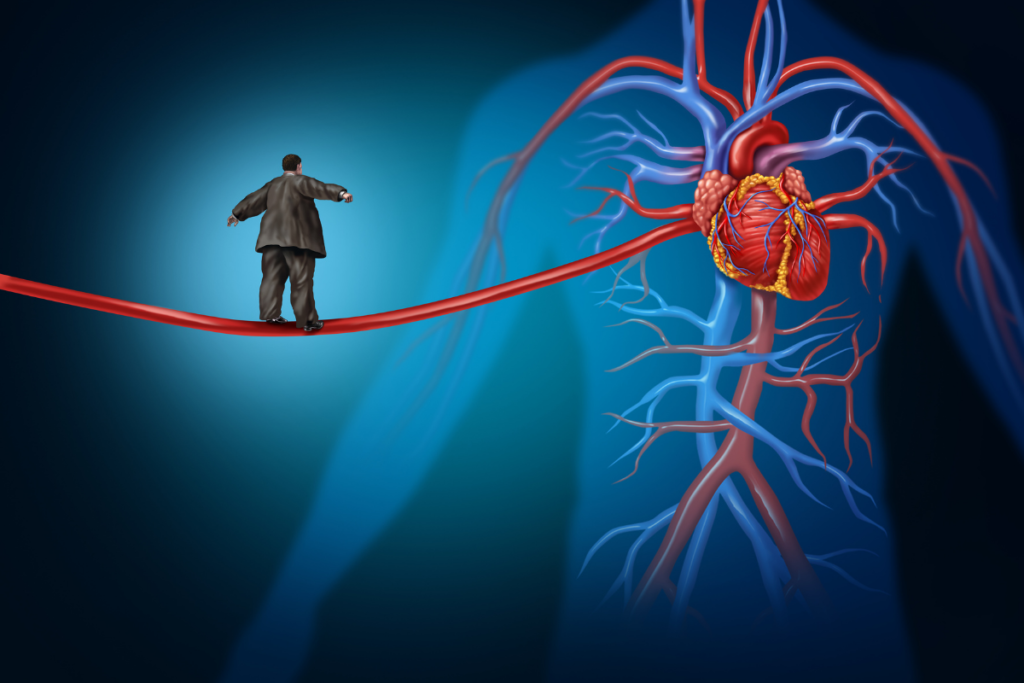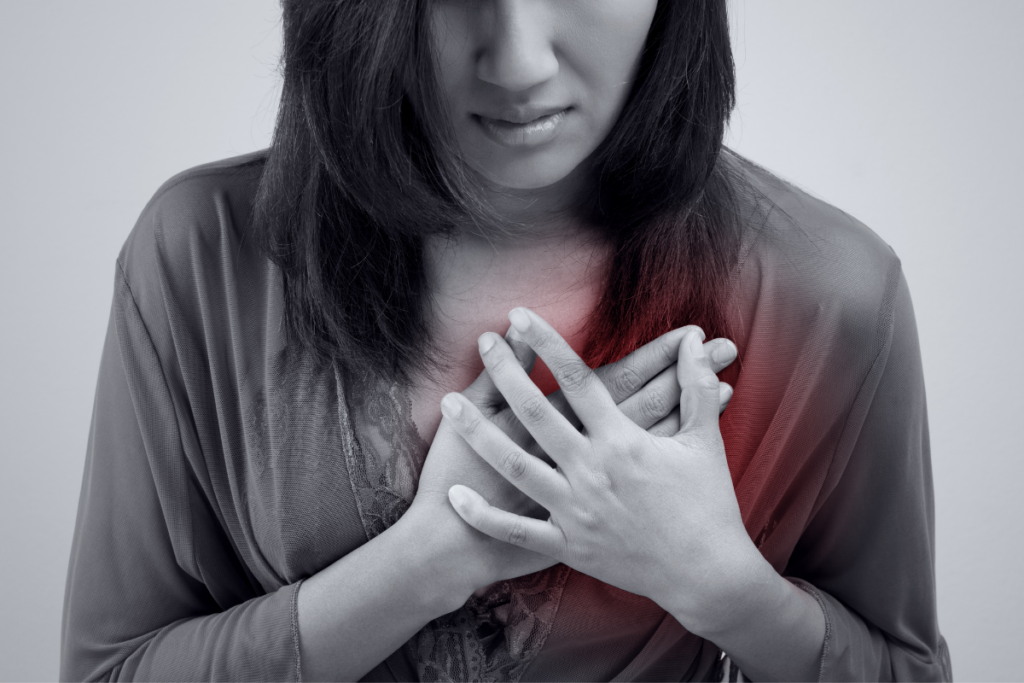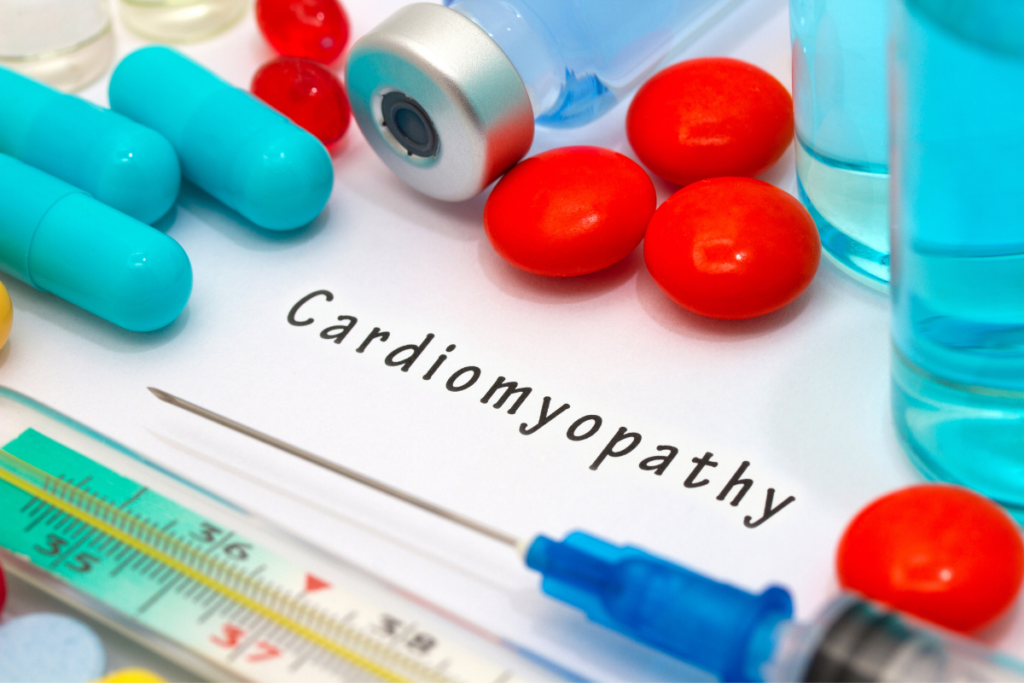Heart diseases

So what is heart disease? Cardiovascular disease (heart diseases) is a class of diseases which include the heart or blood vessels (arteries and veins) with similar symptoms where many of them are related to atherosclerosis. Around 90% of them are preventable and that prevention should begin at an early age because vascular damages are accumulating since adolescence while some are inherited and are manifested early in life.v
How does the heart work?
The heart is a central organ in the cardiovascular system located in the center of your chest between the lungs. Its function is to deliver the oxygen and nutrition-rich blood to all other organs and tissues in your body. The heart have four chambers, left and right atria, and left and right ventricles. The heart valves are keeping the blood to flow in one direction through the atria to the ventricles, and through the ventricles to the aorta and pulmonary trunk (arteries), assuring that there is no backflow. It has an electrical activity on its own, and it’s keeping a certain rhythm in pumping the blood.
The oxygen-depleted blood comes into the right atrium which accepts it through the superior and inferior venae cavae (veins). Then passes it to the right ventricle which then pumps it into the pulmonary tract where when in the lungs it exchanges the gasses renewing the oxygen, and eliminating the carbon dioxide. The oxygenated blood then comes into the left atrium via the pulmonary vein. After that it’s being sent by the left ventricle to other tissues and organs through the aorta where it can be used.
The oxygen is made into carbon dioxide when it’s used in tissues after what the cycle repeats. Heartbeat is also a cycle. It consists of two parts including the systole and the diastole. In systole, the ventricle contracts forcing the blood out of the heart into the lungs and system circulation, while during the diastole the heart relaxes, and is letting the ventricles to be filled with blood delivered to atrial chambers.
The heart possesses a very strong and rich innervation of the sympathetic nervous system

- It has β1 receptors which are responsible for:
- + inotropic effect (the power of heart contractions)
- + chronotropic effect (the frequency of heart contractions)
- + dromotropic effect (conduction speed of electrical impulses)
- + bathmotropic effect (excitability of the heart)
The cardiac output is the volume of blood which the heart pumps per one minute, and it is measured by multiplying the stroke volume (volume of blood pumped from the left ventricle per heartbeat) with the heart rate (the number of contractions per minute).
The sympathetic nervous system is ”forcing” the heart to beat. SA node (Sinoatrial node) is a group of cells located near the confluence of venae cavae, and it functions as a pacemaker because it generates the electrical impulses. The parasympathetic nervous system also affects the SA node, but contrary to the sympathetic nervous system it slows down the heartbeat, decreases the frequency so the heart is pumping less blood into circulation.
The cells in the Sinoatrial node are in continual activity, with no relaxed state, that is why the heart is the only muscle in your body that is always working even when you’re resting. Therefore, if a cell is stimulated with enough power, a sudden change in membrane potential occur which leads to an action potential. This is a physiological process in which the potential of membrane first depolarize then repolarize, that potential expands through the heart, and causes the heart contractions.
The heart possesses a very strong and rich innervation of the sympathetic nervous system
Heart disease is a broad concept, and it includes various diseases related to heart, common categories are:
- vascular diseases (Coronary artery disease, Cerebrovascular disease, Peripheral arterial disease, Renal artery stenosis, Aortic aneurysm)
- Heart rhythm disorders (arrhythmia)
- Heart failure, pulmonary heart disease
- Cardiomyopathy
- Heart valve abnormalities
- Congenital heart disease
- Rheumatic heart disease
- Inflammation in the heart
Coronary artery disease
Coronary artery disease is a condition when the endothelial artery tissue loses its function and becomes narrow. The plaque inside the arteries is made, and it interferes with the normal blood circulation. Long-term damage that has been made over the years by cholesterol, diabetes, high blood pressure, or smoking is causing the inflammation and the collection of fat deposits inside the arteries. The blood vessel with an atherosclerotic plaque in itself can’t supply the organ which it is supposed to.
Patients can feel this as a dull pain in the chest, and that condition is called angina pectoris. The heart muscle which is inadequately supplied with oxygen may lead to heart failure. If the part of the plaque is torn, a thrombus, which can completely stop a blood supply is made causing a deficiency of oxygen and nutrient substances. This could later evolve into myocardial infarction (heart attack) if it stops the flow in the coronary arteries (heart arteries). This is one of the most dangerous heart diseases.
Cerebrovascular disease
Cerebrovascular disease includes various problems that are involved with blood vessels responsible for blood supply of a brain. The main cause is similar to coronary artery disease, atherosclerosis with a difference of location of the stenosis. If arteries have decreased blood flow, smaller blood vessels may completely stop to transfer blood. The brain tissue does not have enough nutrients, and that leads to ischemic stroke (due to insufficient oxygen supply). This may also appear if a thrombus (part of atherosclerotic plaque) or some other particle (embolus) obstruct a blood vessel, and stop the blood circulation. Another type of stroke is hemorrhagic stroke, and it represents arterial damage that is a consequence of damage over the years which causes them to break and initiate bleeding.
Peripheral arterial disease
Peripheral arterial disease includes all acute or chronic disorders in blood supplying which aren’t related to brain or heart supply most commonly noticeable in legs. The main cause for this disorder is atherosclerosis, other inflammations of endothelial tissue, thrombosis or embolism. Due to smoking, hypertension, or diabetes, this process is accelerated and can lead to complications such as heavy gangrene which may outgrow from chronic ischemia, and induce amputation of an ischemic organ.
Heart failure

Heart failure is a special heart condition which presents weakening the heart muscle. It had lost its function to supply the whole organism with oxygen and nutrition-rich blood. Various reasons can lead to this but most of them are preventable. An acute form is much more dangerous than the chronic one, and it has a larger mortality rate. Sometimes this condition is mistaken with respiratory diseases because its main symptoms are related to lungs. Shortness of breath, troubled breathing at night, and coughing are induced by stagnation of fluids in lungs. Heart failure has four stages divided by physical ability.
Pulmonary heart disease
Pulmonary heart disease is a type of heart failure where the right ventricle is enlarged in response to high blood pressure or other stenoses in the lungs. It affects the circulatory system back into the systemic venous system causing jaundice, enlargement of the liver, high kidney blood pressure, cyanosis or swelling of abdomen, legs, and feet. Also known as cor pulmonale it is treated by diuretics and vasodilators used to decrease a strain on the heart muscle, and anticoagulants if embolism is presented.
Heart valve abnormalities
These type of abnormalities include one or more heart valves which cause the disturbance in their vent function (a backflow or disrupted blood passing). Because the heart is strained extensively, the damage on valves is increasing, and after some time the heart enlarges and develops heart failure. This disease may be due to stenosis (valve narrowing) or insufficiency/regurgitation. This condition may evolve through the time or is genetically inherited. The most common cause is rheumatic acute fever, tumors, endocarditis or autoimmune diseases.
Heart rhythm disorders
An arrhythmia is a group of conditions including an irregular heartbeat, which can manifest itself through an individual extrasystole (irregular heartbeats originally from atria or ventricles) or the absolute arrhythmia which comes from atria. Because the heart doesn’t work normally the body is suffering, besides that, the heart is straining itself. Moreover, it can develop severe damage to the heart muscle that may weaken its function. Heart rhythm disorders have two large groups. One is bradycardia which represents the slow heart rate <60 bpm (beats per minute) while the other one is called tachycardia, and that is a fast heartbeat>100 bpm. The most important complications are a heart attack, a stroke or a heart failure.
Congenital heart disease
Congenital heart diseases represent inborn heart anomalies that hits during the embryonic stage in 1 of 120 live-born children. They are sometimes trivial and spontaneously cured. Thanks to the progress in medicine they can be treated in approximately 90% times. These conditions are often divided into abnormalities without cyanosis (a purplish discoloration of the skin) when the blood is overflowing from arteries to veins and abnormalities with cyanosis which decreases the saturation of arterial blood.
Cardiomyopathy

Cardiomyopathy is any structural or functional heart disease of idiopathic (unsure) origin that isn’t preceded by autoimmune, infectious or inflammatory heart disease. People with this condition are often candidates for transplantation. The most common classification is the structural one, and has 4 divisions (dilated, hypertrophic, restrictive, and arrhythmogenic right ventricular dysplasia). The pump function reduces, and the body reacts similarly to heart failure. The main complications are heart failure, arrhythmia, sudden death, thrombosis or embolism.
Heart inflammation
While all of the heart layers could be affected it is mostly localized in the myocardium. Infectious agents attack the heart muscle and damage it with the myocardial invasion, synthesis of myocardial toxins or by triggering the immune mechanisms. However, Along the infectious agents (virus, bacteria, protozoa) some pharmacological agents, chemicals, and radiation can be responsible for this infection. Still, most common causes are Coxsackie virus and adenoviruses.
Rheumatic heart disease
Rheumatic heart disease is the most serious consequence of rheumatic fever. This is a disease that develops after 2– 4 weeks after a streptococcal throat infection. It could affect all 3 layers of the heart (endocardium, myocardium, pericardium), representing pancarditis. Endocarditis includes heart valves which are being filled with fibrin and denied from their function. Myocarditis is an acute inflammation of the heart muscle. Pericarditis, the heart membrane infection is characterized by chest pain.
